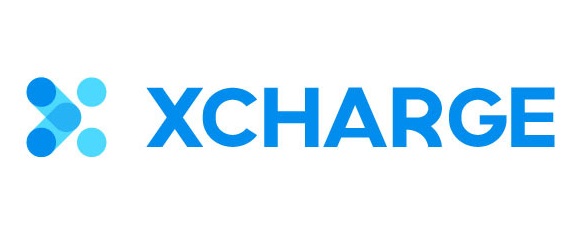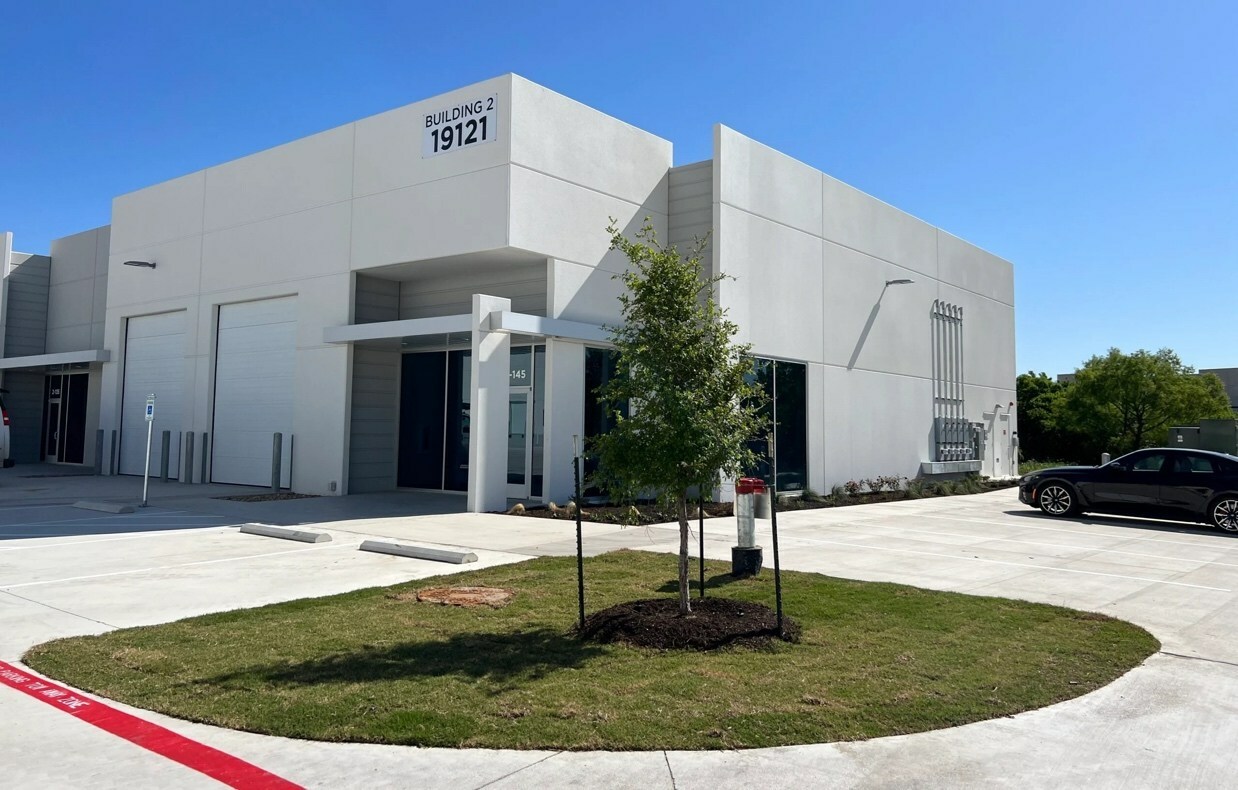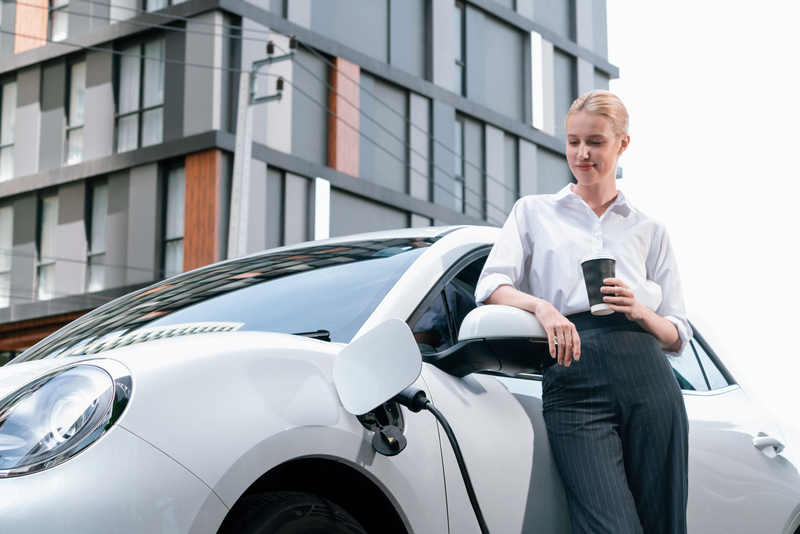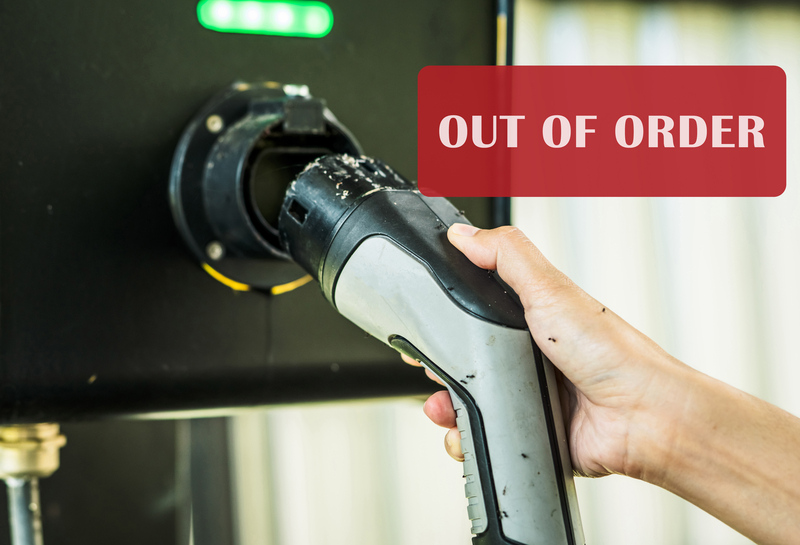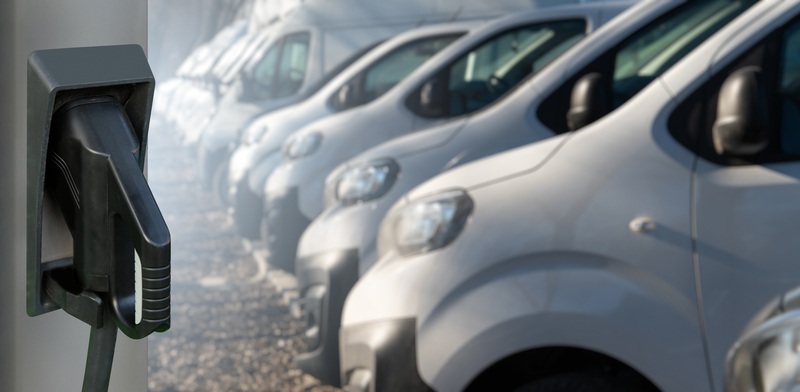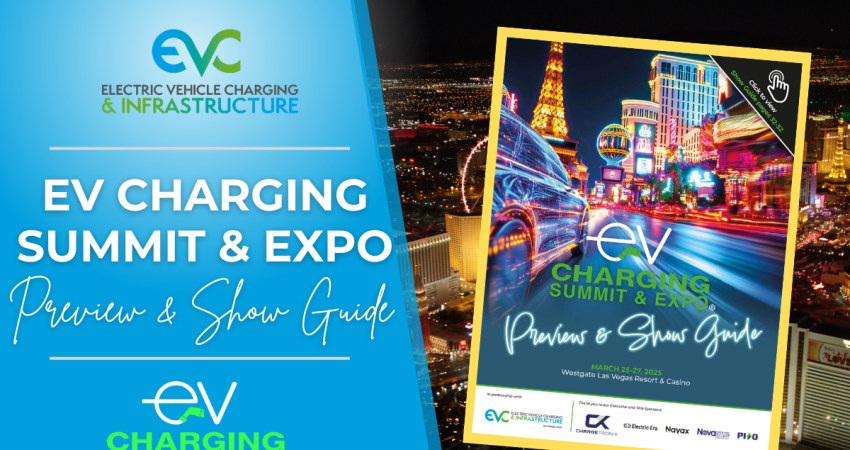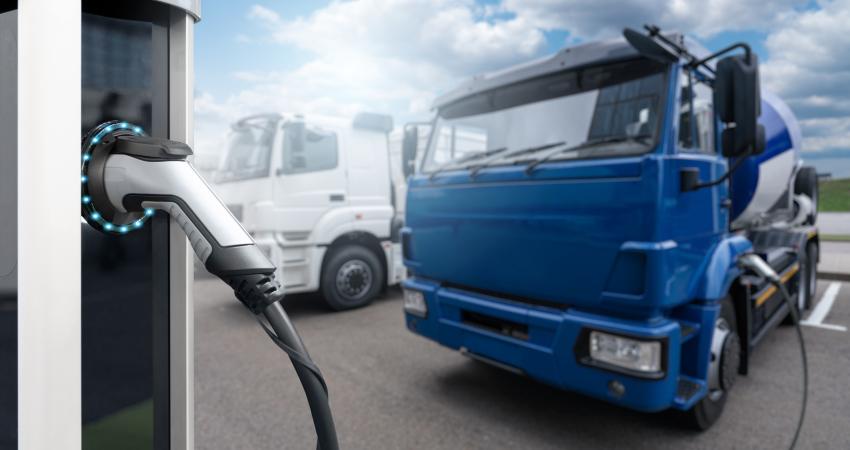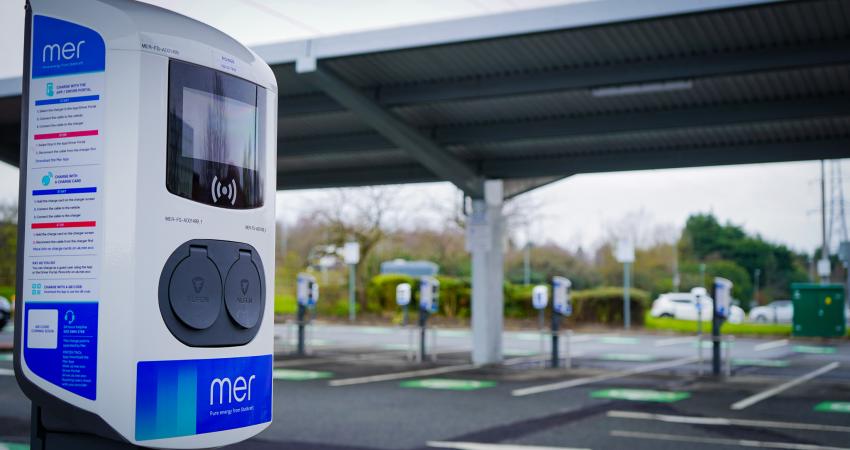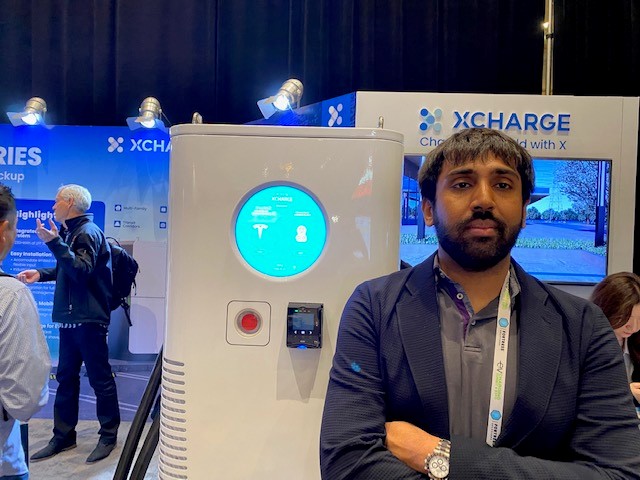
“Because it’s 208, you have a much lower installation cost when compared to 480 – in some cases 90 percent lower,” said Aatish Patel, president of XCharge North America. “It’s faster to install due to the mitigation of utilities and additional permitting requirements.”
EV fast-charging stations typically require 480-volt, three-phase AC power – which is expensive to install and requires significant electrical infrastructure upgrades. Utilisation of 208 volts means smaller builds and less expense because no additional support equipment is required. In addition, 208 volt is available in most, if not all, commercial buildings in the U.S.
The C6AM is a DCFC charger capable of 95 kW output, which means the vehicles get on the road fast, too. It charges at least six times faster than level 2 chargers – and at times can charge as much as 12 times the L2 rate.
“The 95 kilowatts makes it a very competitive charger,” said Patel, who made his comments during the recent EV Charging Summit & Expo in Las Vegas.
In addition, the charger has two ports to help prevent backup at the charger line. “The dual-port dispenser can do simultaneous charging while load managing the 95-kilowatt output,” Patel said.
Other product highlights include:
• An efficiency rating, said to be 96%, that reduces operating costs.
• Full remote troubleshooting and diagnosis that are said to lead to an average uptime of more than 99% in other markets.
• The units are said to be IP54 rated, meaning they are built to work in both extreme hot and extreme cold and to be weather proof.
XCharge North America manufactures high-power, intelligent charging solutions designed for the North American electrical grid. Its chargers are utilised by charge point operators (CPOs), public infrastructures, bus depots and commercial fleets.



